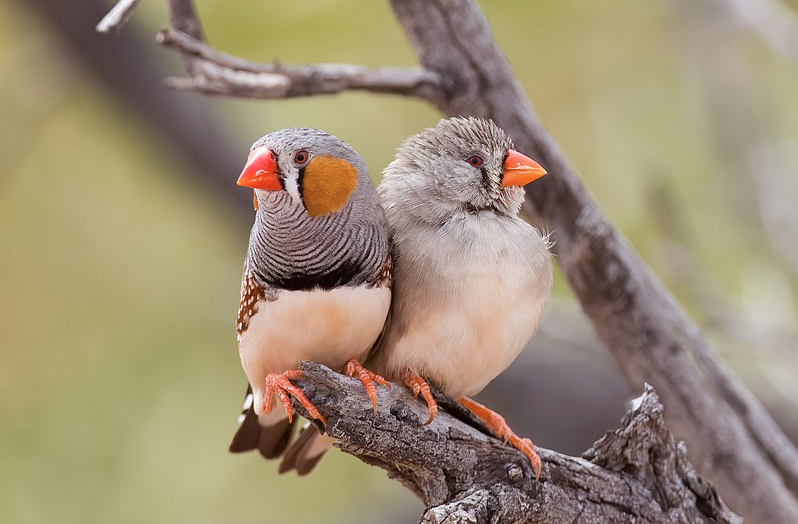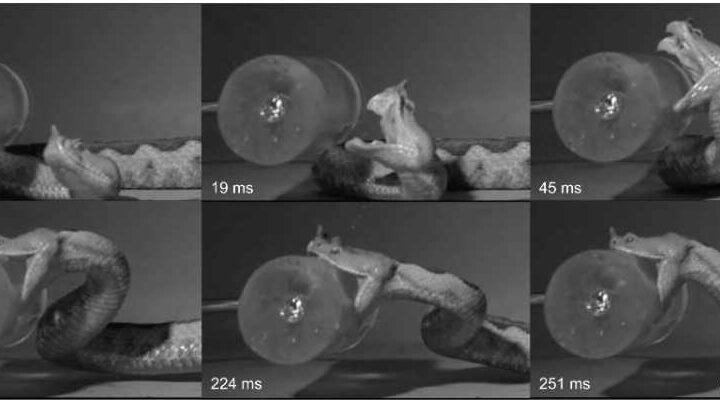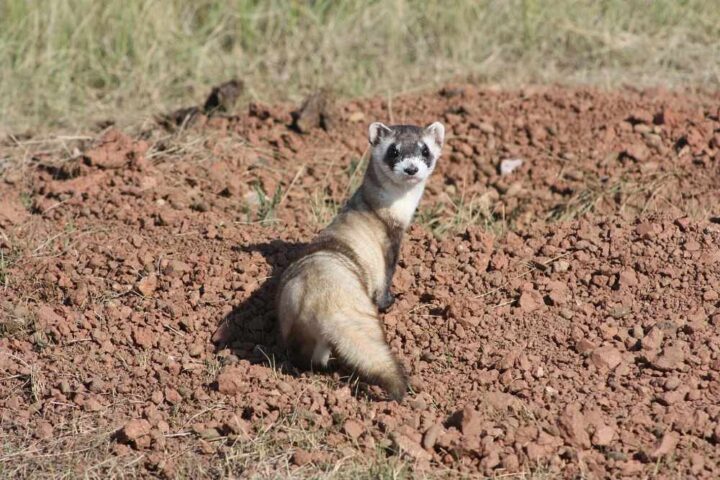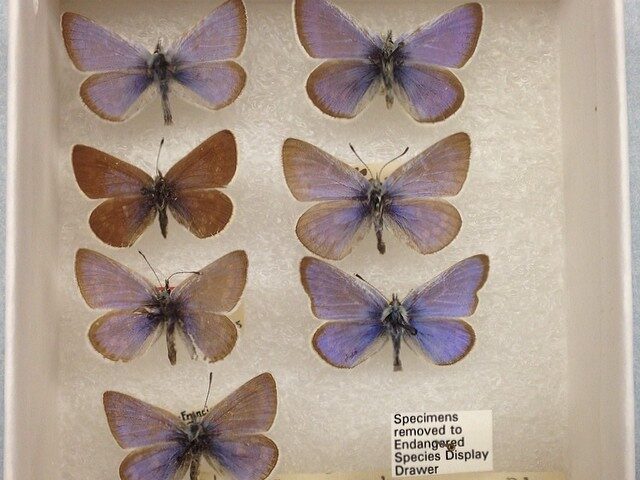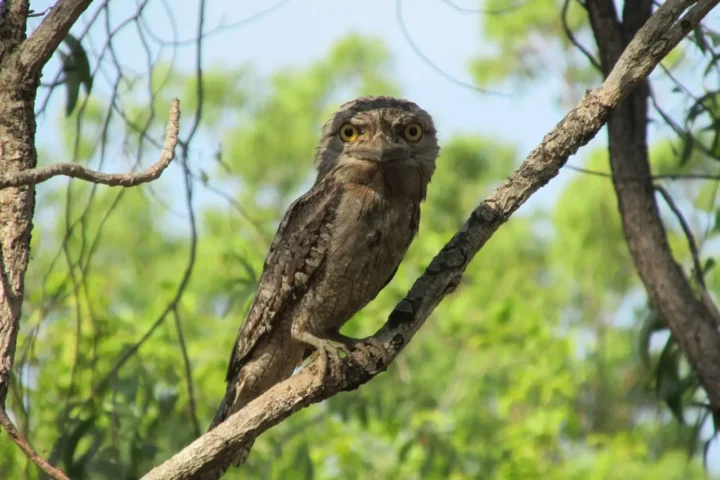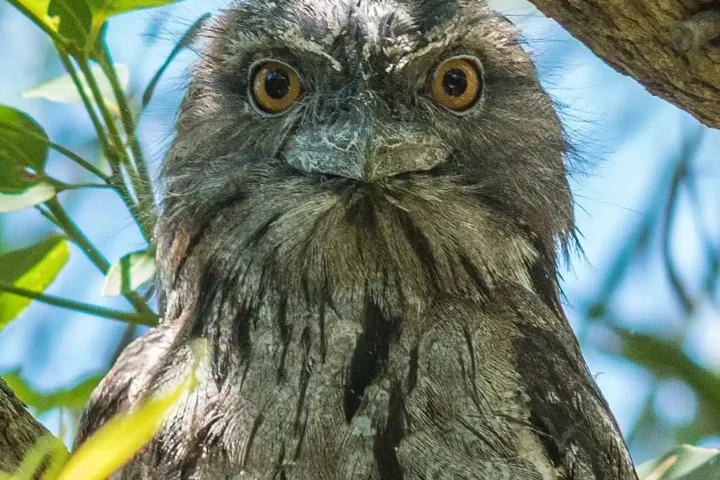A new study reveals that eggs and chicks exposed to moderate levels of anthropogenic traffic noise experience significant direct and additive negative impacts on long-term development and fitness. The study highlights that noise has the potential to disrupt avian physiology, development, and reproduction, leading to decreased fitness over a lifetime. It calls for a reevaluation of the threats posed by anthropogenic noise and the necessity for noise mitigation measures. Noise pollution has become a global concern, even in the most remote areas of the world.
Researchers have long known that excessive noise can negatively affect nest building and parenting among breeding birds, as well as disrupt communication between birds. However, it was unclear whether birds perceive noise as distressing from the chick stage or how noise disrupts their habitat and parenting.
To advance the understanding of these impacts, Alizée Meillère, Dr Mylene Mariette and colleagues investigated the effects of moderate noise on the fitness of wild zebra finches growing in noisy environments. They found that noise not only alters adult behavior but also has direct effects on avian growth and fitness when exposed to noise before hatching.
The research team led by behavioral ecologist Mylène Mariette from Deakin University in Australia conducted experiments using zebra finches housed in aviaries. They exposed zebra finch eggs to 65dB (decibels) of traffic noise or zebra finch calls for several hours per night over five consecutive days. Once the eggs hatched and chicks were born, they continued exposing them to the same sounds for about four hours per night for up to 13 days. Notably, the parent birds caring for the chicks were not exposed to these noises.
The results showed that eggs exposed to traffic noise had a 19% lower hatching probability compared to those exposed to bird calls. Additionally, larger eggs, which typically have a higher hatching success rate, were less likely to hatch when exposed to traffic noise compared to smaller eggs. As the chicks grew, differences in development emerged between those exposed to traffic noise and those exposed to bird calls.
Chicks exposed to noise were over 10% smaller and more than 15% lighter in weight than other chicks, and they also had lower red blood cell concentrations. Moreover, the adverse effects of traffic noise exposure from just before hatching to a few days post-hatching persisted even after the chicks were no longer exposed to the noise. By the time they reached breeding age at four years old, birds exposed to traffic noise in early life produced less than half the number of offspring compared to other birds.
Similar Post
“Whatever the mechanism, an impact of such magnitude in a songbird, is highly concerning,” said Dr Mariette.
The results showing that birds exposed to moderate anthropogenic traffic noise before hatching experienced long-term effects such as growth impairment in chicks, telomere shortening, and reduced fitness at maturity give us a hint about long term effects of noise pollution.
However, it is yet to be found why traffic noise is so detrimental to baby birds. Another study, also by Dr Mariette, shed lights on how the brain is naturally designed to allow a direct impact of sound on on our body, and how even plants and cells are sensitive to sound and vibrations.
“This study therefore rings alarm bells about the impact of noise pollution on biodiversity and highlights the urgent need for noise reduction measures, for the benefit of humans and wildlife alike,” reiterated Dr Mariette. “Although many solutions already exist, such as using electric vehicles in cities, maintaining trees and hedges along roads to act as noise barrier, favouring train over truck transport for goods, we should but also keep our city parks and own gardens quiet by avoiding noisy tools, especially leaf blowers,” she concluded.
